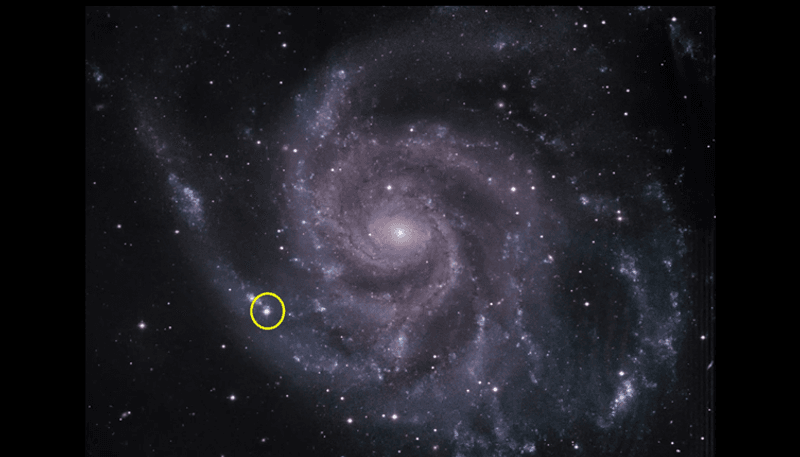Uranus and Neptune might be known as the “ice giants” but under their chilly exterior, their temperature and pressure are so high that incredible physical reactions take place. In fact, scientists believe that diamonds can form and rain inside these planets.
Experimental evidence that this curious phenomenon might actually take place has been reported in Nature Communication. Researchers used the incredible SLAC (the US DoE's National Accelerator Laboratory) Linac Coherent Light Source (LCLS) to study how a hydrocarbon would behave under the pressure and temperatures expected 10,000 kilometers (6,200 miles) inside Neptune.
There, where the pressure is roughly 1.5 million atmospheres and the temperature is 4,730 °C (8,540 °F), the hydrocarbon separates in elemental constituents: carbon and hydrogen. The laboratory tests showed that at least a quarter of the carbon clusters together. And in those clusters, carbon turns into its sturdiest arrangement: diamonds.
“This research provides data on a phenomenon that is very difficult to model computationally: the ‘miscibility’ of two elements, or how they combine when mixed,” LCLS Director Mike Dunne explained in a statement. “Here they see how two elements separate, like getting mayonnaise to separate back into oil and vinegar.”
“In the case of the ice giants we now know that the carbon almost exclusively forms diamonds when it separates and does not take on a fluid transitional form,” lead author Dr Dominik Kraus, from Helmholtz-Zentrum Dresden-Rossendorf, said.

Diamond rain on Neptune and Uranus plays an important role in the internal energy balance of these distant planets. Newly formed diamonds would sink, generating heat as they slowly rub against the dense material around it. This would allow the planets to keep their interior so warm.
This research can certainly help us understand these planets, as well as similar worlds to be found beyond the Solar System, but the technique employed in the study, which was developed by Kraus, can go much further.
It can be employed to study the behavior of such extremes on hydrogen alone, mimicking what might be found in small stars or in nuclear fusion reactors. Studying such properties could be crucial to master certain approaches to fusion for which we currently lack a complete understanding.




